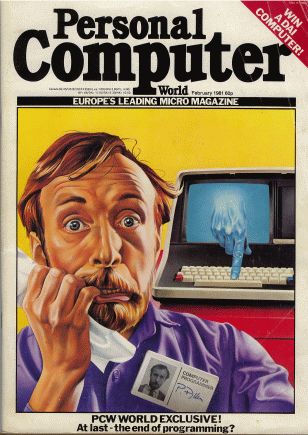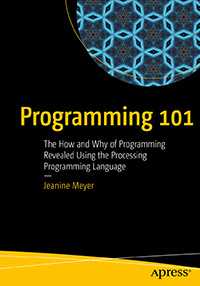
- Basic programming language book how to#
- Basic programming language book software#
- Basic programming language book windows#
Thus for preparation here are some top Visual Basic books: 1. This programming language is easy to learn and one can also find a career in the same. The Visual basic is an important language and is also in trend now a days. The programming done in Visual basic can be done in C++ for better and fast programming.
Basic programming language book windows#
Also the programs written in Visual basic can use windows API. Also over the time the programmers have also created 3rd party components keeping this programming language upto the date. It is thus very easy to use and made user friendly. The programmer has the facility to create objects using components available on screen. emote data objects or active data objects. Also access to database using data access objects. You should basically use LLVM for the back-end, since that will save you hundreds of man-years of.
Basic programming language book how to#
LLVM: Writing a Simple Programming Language - a step by step C++ tutorial on how to build a compiled language (using LLVM). Thus it came up with the idea of developing it based on Basic with a added feature of Rapid application Development (RAD) or a graphical user interface. This book goes through various languages and their features and builds interpreters for them (in Pascal, its an old book). The motive of Microsoft was to make the interface of Visual basic as simple and easy to use as possible.
Basic programming language book software#
The software is given by Microsoft for the COM development and programming model that was released in 1991. Object-oriented programming offers more advanced concepts such as classes to structure larger software systems.The Visual Basic is 3rd generation event driven programming language and an Integrated Development environment.

There is a definite tendency to extend mainstream languages with concepts for functional programming. Functional programming offers facilities to describe solutions rather than how to compute them. The book ends with an introduction to functional programming and to object-oriented programming.

It first of all discusses how to reason about the correctness and the efficiency of computer programs. The final part of the book introduces more advanced topics in writing small programs. The book also explains more specific techniques such as backtracking and dynamic programming to solve more specific kinds of problems. This technique suggests to split complex functions into less complex functions, until you reach a stage in which the implementation is straightforward to work out. The book discusses the general technique of "divide and conquer" to manage the complexity of computer programs. In this way, you are able to switch to other programming languages to implement your algorithms.


Emphasis is on developing algorithms to solve computational problems and to implement them using mainstream concepts offered by all modern programming languages. In fact, some of the more advanced concepts of the language are not even explained. Moreover, the benefits you get from checking typed programs only really come to the fore in larger software systems. Typed languages such as Java and C# are definitely more difficult to learn and to use. As a Python programmer, you do not have to specify the kind of information that you store in variables or that you pass to functions. Contrary to mainstream languages such as Java and C#, Python is an untyped language. The book contains about a hundred experiments to get a good grip on the different concepts of the language. Python is a scripting language, which makes it extremely simple to experiment with small fragments of code. In teaching basic programming to thousands of students, we experienced that Python is particularly suited to introduce people to the art of programming.


 0 kommentar(er)
0 kommentar(er)
